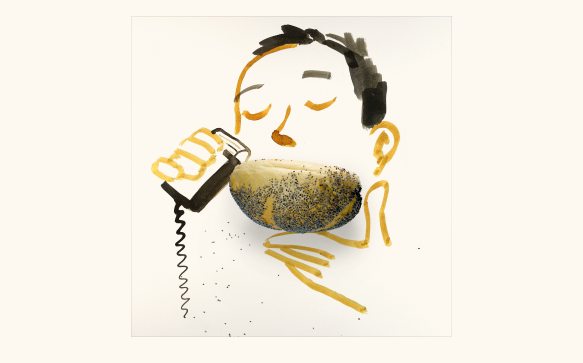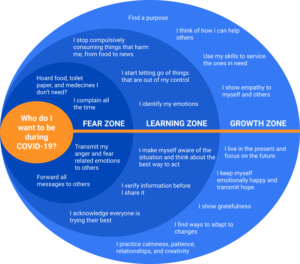Even though setting goals in 2020 may sound like a bad joke, there are several steps a mid-career professional can take in order to gain traction and be successful.
Goals rely on two things; willpower and self-discipline. As Charles Duhigg wrote in The Power of Habit, “Willpower isn’t just a skill. It’s a muscle, like the muscles in your arms or legs, and it gets tired as it works harder, so there’s less power left over for other things.”
What if the willpower is not there? For most people, it’s been a challenge to be as productive as they used to be and that takes willpower. How can we refocus to achieve our goals?
First, BJ Fogg, Director, Behavior Design Lab at Stanford University and Author of Tiny Habits: The Small Changes that Change Everything recommends that we should not call them “goals” at all. Instead, he recommends calling them “aspirations” or “outcomes”. He believes that having a big goal is great but the way to get there is by approaching it in small and consistent steps. Otherwise, we tend to give up. New Year's resolutions anyone?
BJ Fogg encourages people to ask, “what is the long term outcome I want to accomplish?” That way, you can develop a model and method to adopt an ongoing habit instead of a giant goal that won’t be accomplished. Too many people rely on the myth that repetition and frequency creates habits. He encourages people to apply simple habits first then add more habits as you accomplish them.
BJ Fogg Tiny Habit Model Example:
He explains his process and research findings:
- Get clear on the outcome you want and create “golden behaviors” for each one. Place the main outcome/aspiration in the middle of a piece of paper and then create all the tiny behaviors as offshoots that will get you there. For example, if you want to write a book, commit to writing 200 words a day. It's an achievable goal and can be done in half an hour. He calls this phase of identifying golden behaviors as “magic wanding”. It’s an opportunity to describe all the behaviors that are best suited for you. If that doesn’t work, change the behaviors.
- Look for ways to fit a tiny habit naturally into your daily routine. These action prompts are called “anchors”. As an example, a routine such as brushing your teeth could be your activity prompt. After brushing your teeth, maybe you decide to do a two-minute plank. If you do this after you brush your teeth twice a day for months, you’ll have a stronger core and feel better.
- Tiny habits should be things you want to do so it will be more sustainable and lead to lasting change. The simpler the behavior, the easier it will be to grow your new habit. It’s like planting a small seed. And if it’s not working, ask yourself, “what’s hard about it?” Revise it to adjust to what feels natural and easy to do.
Importance of Celebrating
It’s important to celebrate tiny habits so go ahead and fist pump yourself or do a little dance. People tend to discount celebrating, but it’s a critical part of the process. Fogg writes, “when people feel successful, even with small things, their overall level of motivation goes up dramatically, and with higher levels of motivations, people can do harder behaviors.” Recognize your successes and feel good about what you’ve accomplished. This is one way to reinforce good behaviors and encourage new ones. Envision yourself feeling awesome after your two-minute plank. There is a direct connection between how you feel when you do a behavior and the likelihood that you will repeat the behavior. It’s key to remember that emotions create habits. If you want to achieve serious outcomes and aspirations, start tiny and allow those small steps to grow over time.
Reviewed and Recommended:
All the methods and models he recommends are in his book, Tiny Habits: The Small Changes that Change Everything
If you’re interested in learning more about BJ Fogg’s human behavior research, listen to him on the Knowledge Project with Shane Parrish podcast. Behavior scientist and author of Tiny Habits, BJ Fogg, discusses improving decision making, motivation trends, the role of emotion in sense of self and so much more.
#86 BJ Fogg: Create Lasting Change, Knowledge Project with Shane Parrish
| MORE ARTICLES
Emily’s vision for illume hire developed as part of her journey from a startup-curious sales and media professional to co-founder and CEO. Her passion is to provide resources to support professionals with 20+ years experience. Emily was part of the founding leadership team of Age Equity Alliance, a non-profit focused on the benefits of an intergenerational team.







